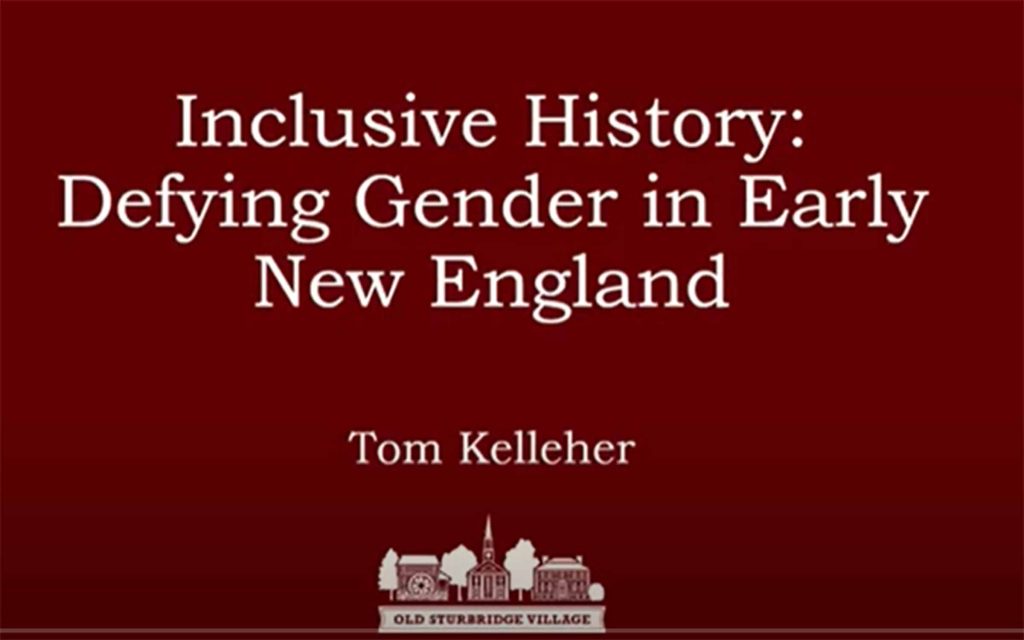
History is the stories of all the people who came before us. People have always had multifaceted identities, which has not always been acknowledged in the historical record. It is ahistorical to conceptualize our past without including the lives of people with various sexual orientations, gender identities, ethnicities, faiths, and cultures. In this webinar, Old Sturbridge Village Historian and Curator of Mechanical Arts, Tom Kelleher, shares the stories of a few of those early Yankees who defied the bounds of gender set by their society. Click here for a 66-minute video of his March 17, 2025 presentation posted by Old Sturbridge Village.
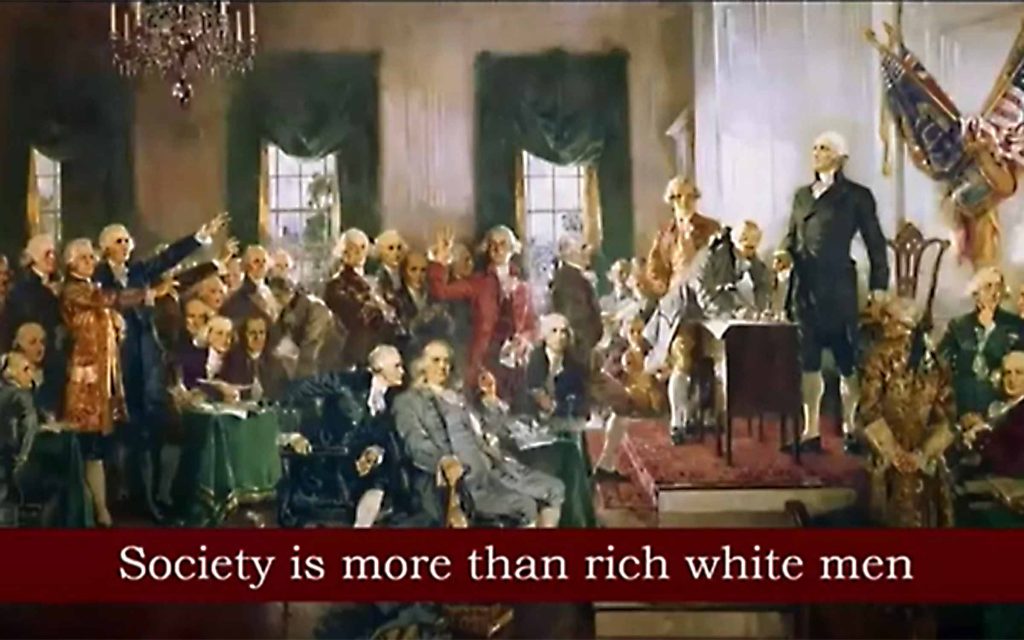
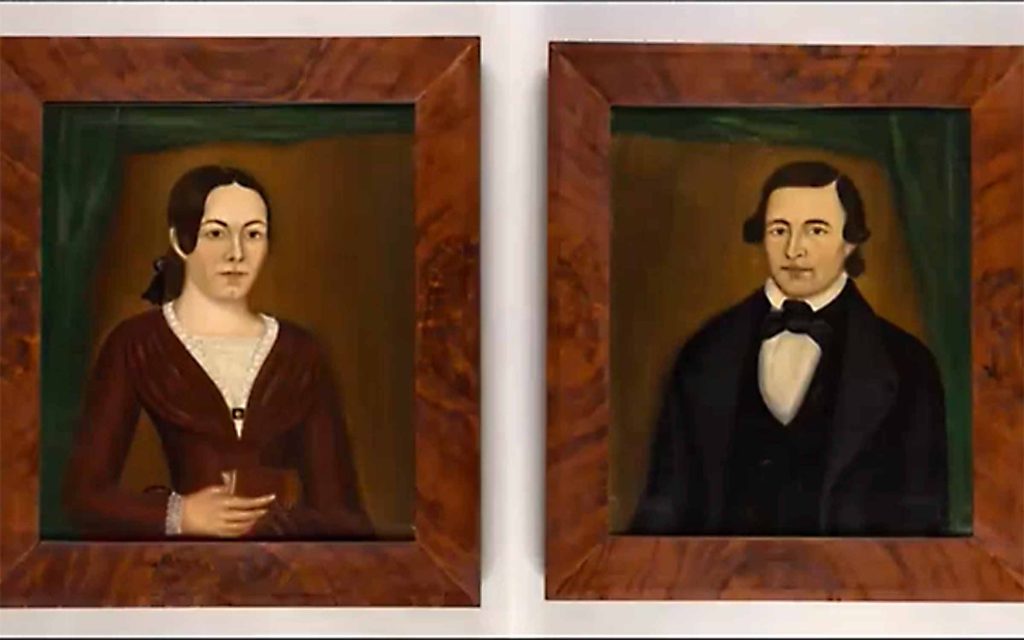
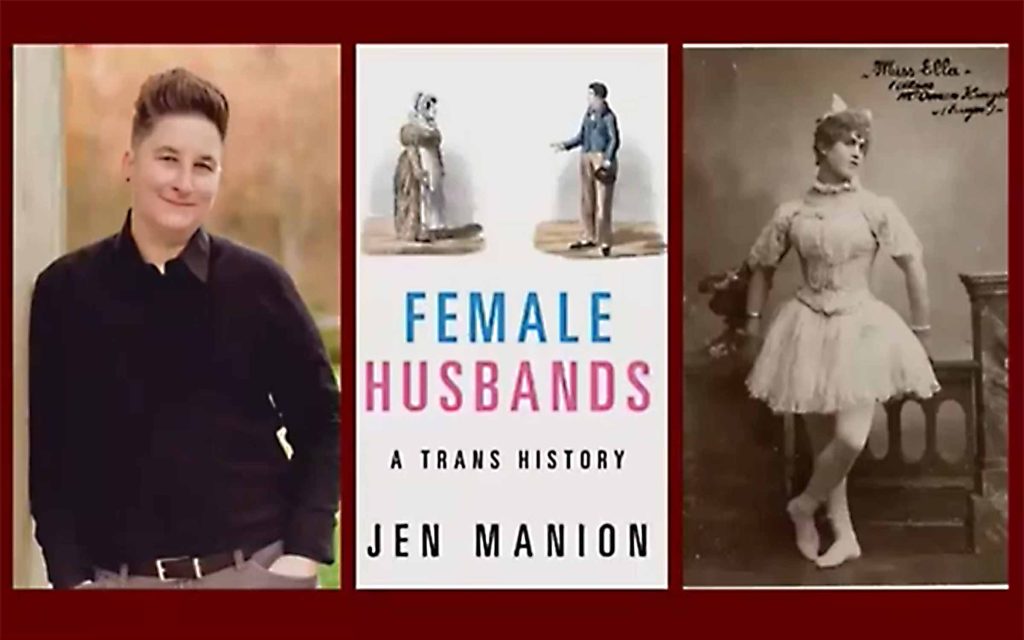
In the 17th and 18th centuries, the idea of non-conforming individual personal identity probably would have not even occurred to people. The vast majority accepted and conformed to their culture and lived and thought as part of that sexually binary society. Author Jen Manion has written about what was not written about.
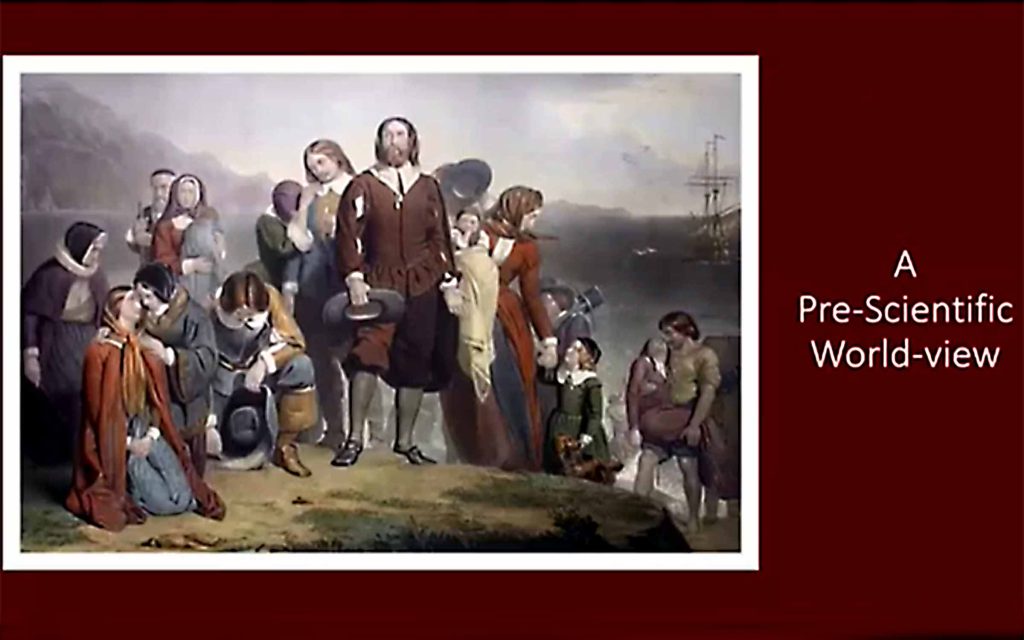
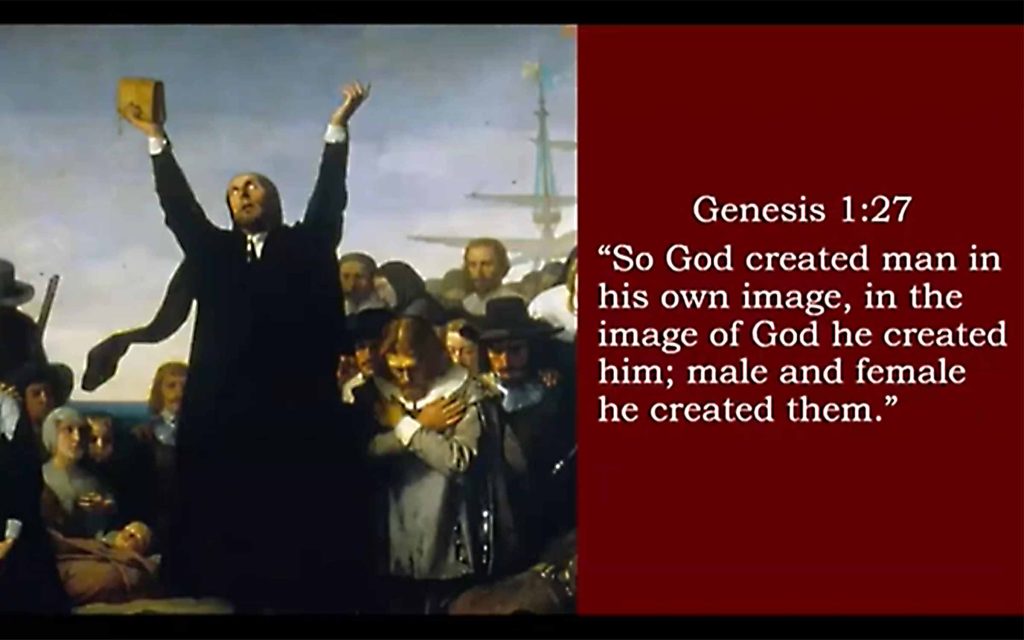
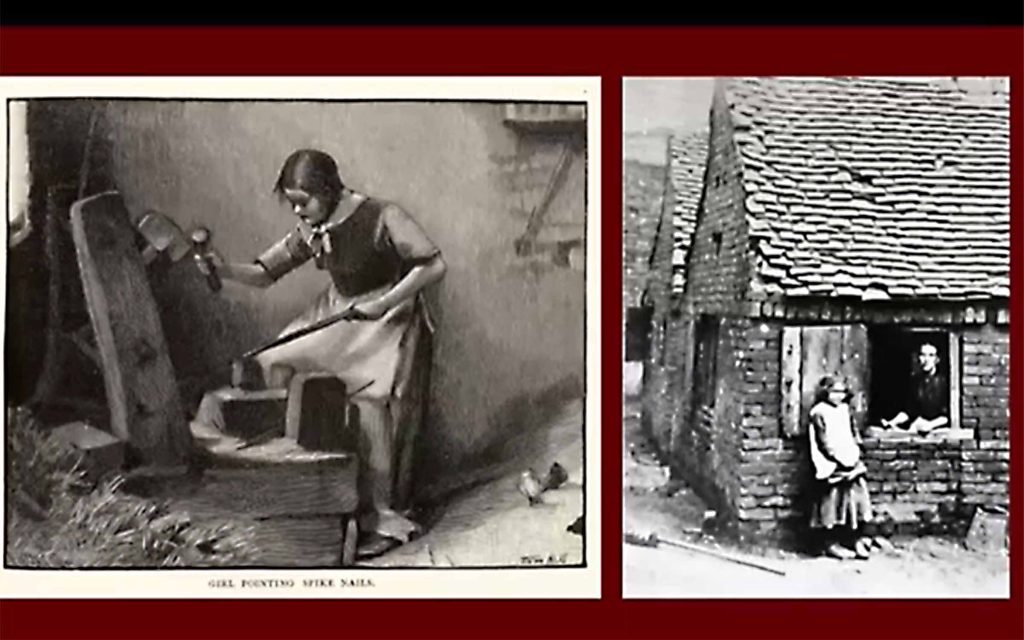
Puritan mothers and fathers who colonized the area in the 1630, like their forefathers, most were to varying degrees Bible believing Christians, indeed Protestant Christian zealots. New England women made no pretense of masculinity but simply donned male attire and did men’s work out of necessity when they could, especially the poor and women of color.
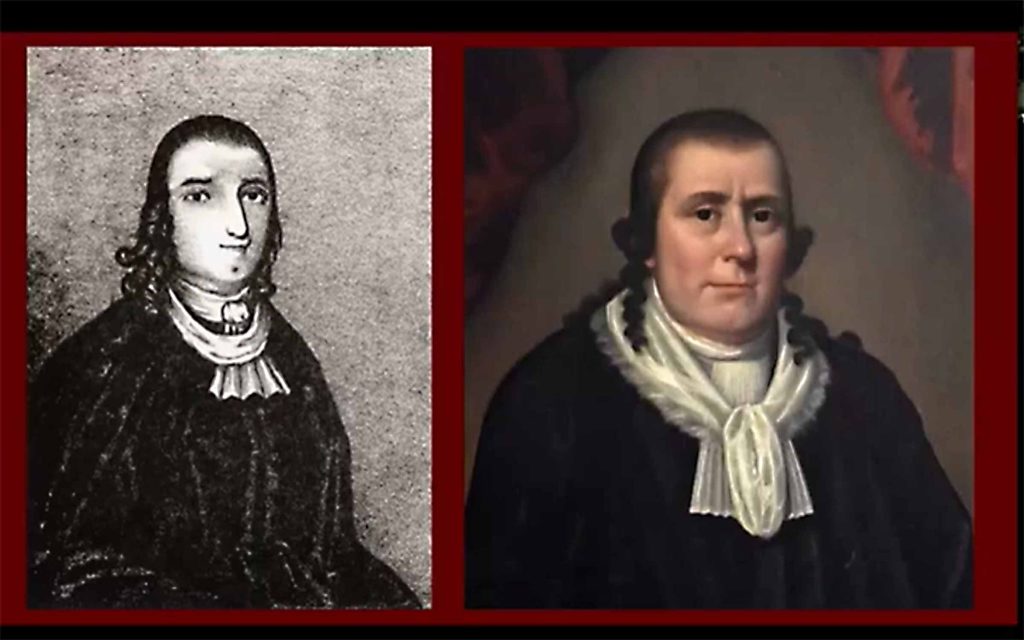

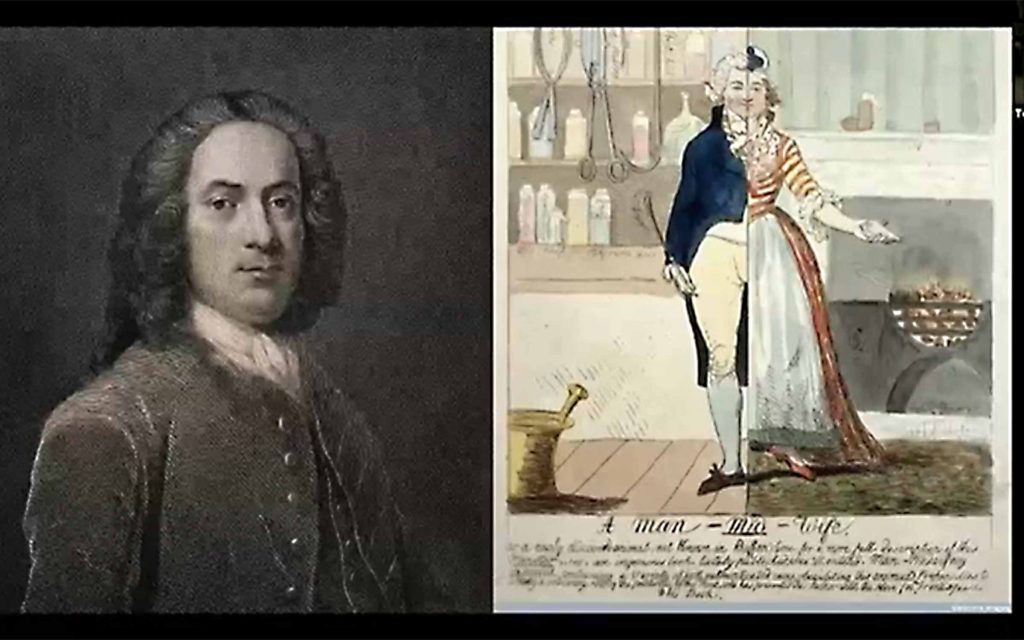
In 1788, the nonbinary and nonconforming Universal Quaker Friend, Jemima Wilkinson, dressed androgynously. There are pictures with Wilkinson dressed androgynous in male clerical robes but wearing petticoats underneath, sporting a man’s broad-brimmed, but wearing women’s shoes and hair cut short on the top with long curly black locks cascading across the shoulders. Dr. William Smellie (1697-1763) was known as the male midwife. He pioneered the use of obstetrical forcepips in delivery is said to have donned women’s clothing when attending birth so as not to alarm women in labor.
